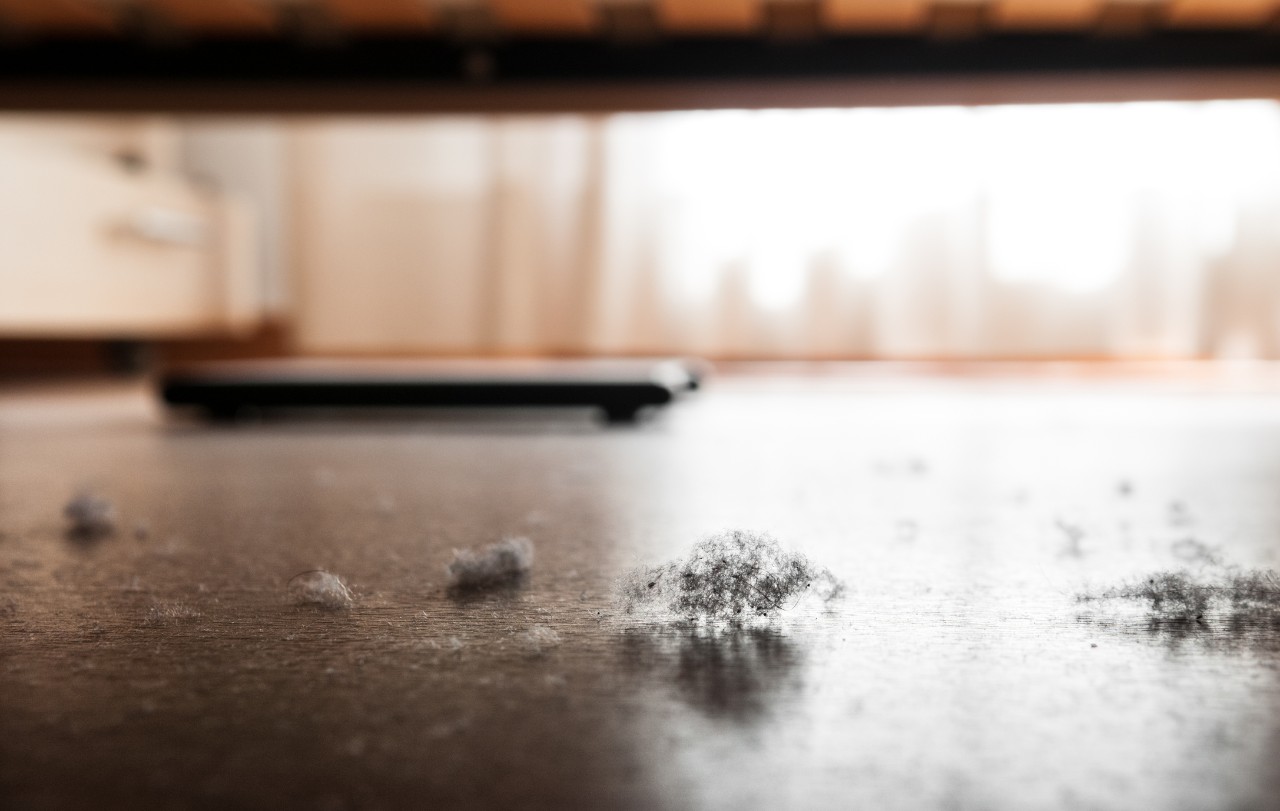
Dust Mite Allergy: Common Causes and Symptoms
Dust Mite Allergy
Do you ever feel as if you have a never-ending cold? If so, you may have a dust mite allergy. Dust mites are tiny bugs that are too small to see even with a microscope. They thrive in temperatures of 20 to 25 ºC (68 to 77 ºF), and they like humidity levels of 70 to 80%.
Dust mites live in soft materials like pillows, mattresses, bedding, upholstered furniture, carpets, soft toys and stuffed animals. And your symptoms can often get worse during or just after a cleaning. Vacuuming, sweeping and dusting can stir up dust mites, making them easier to inhale.

Common dust mite allergy symptoms
Dust mites can easily get in your eyes or nose—some are even small enough to get into your lungs. The protein in the waste is what is inhaled and the symptoms are similar to hay fever or pollen allergy which includes:
- Sneezing
- Runny or stuffy nose
- Itchy, red or watery eyes
- Itchy nose, mouth or throat
- Postnasal drip
- Wheezing, Coughing
- Tightness in the chest
- Shortness of breath
All of these symptoms can be caused by just about any allergy, so to learn if your symptoms are truly caused by dust mites, be sure to consult your healthcare professional.

Am I allergic?
You may be so used to dealing with your runny nose and irritated eyes that you might not consider asking for help. So, how do you know if your symptoms are caused by a dust mite allergy or not? Testing can help your healthcare professional determine what’s behind the endless sneezing and sniffles, so don’t try to manage the problem on your own.
A simple blood test—together with your medical history—can help identify underlying allergen triggers, if you have an allergy. And a blood test can be done even when you are taking antihistamines.1 Knowing if you’re allergic and what you’re allergic to can help you, or a loved one, avoid or minimize symptoms.
- Allergy blood testing: A practical guide for clinicians. Cleveland Clinic Journal of Medicine. 2011 September;78(9):585-592.
 Global
Global